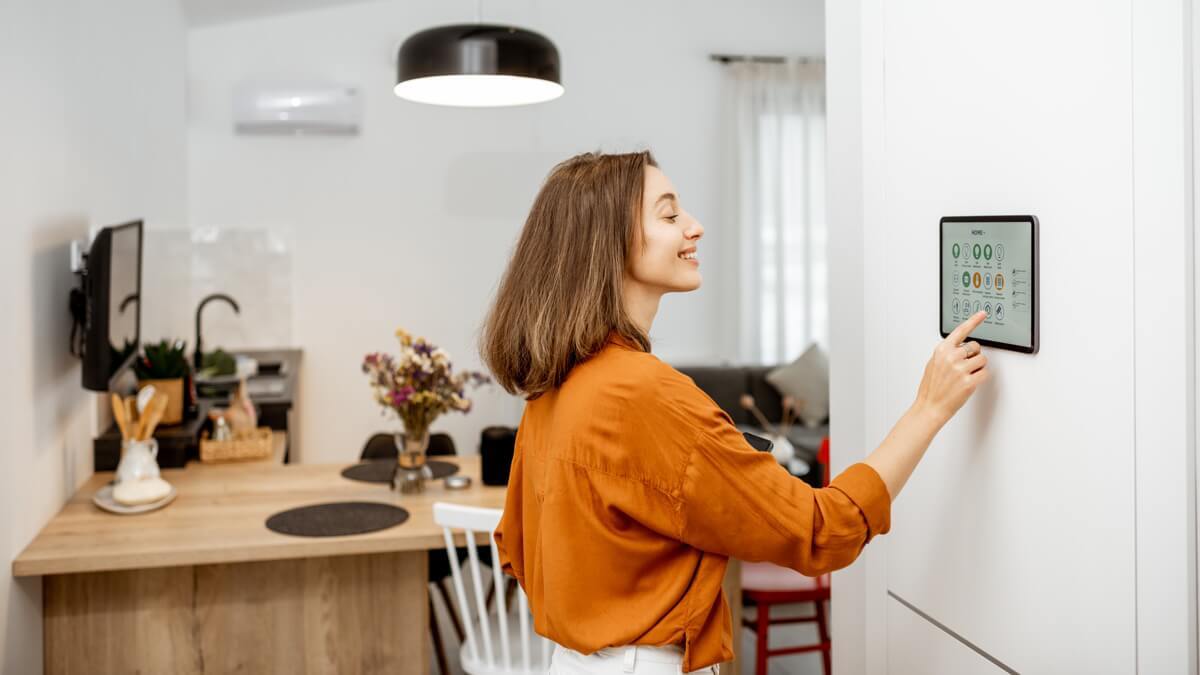How Blue Apron manages to serve fresher quality products than its competitors
As COVID draws close, finding a restaurant can still be a challenge. While it may be tempting to treat yourself to something delicious after an exhausting day, it's not always easy to do so. Even if you go to the grocery store to ensure you have all you need, you never know if you'll forget something important or if the store will be crowded and there will be a long line.
A meal kit may be an answer for you if you like to laze around the kitchen and unwind with a glass of wine to get out of the office mode. There are numerous advantages to using these kits. Unlike fast food, these dishes are already at room temperature when they arrive at your table. You don't have to think about how you'll need to start making a culinary masterpiece when you buy your groceries from a convenience store. Among meal kit delivery services, Blue Apron is among the best.
Model of business:
Blue Apron is a meal kit subscription service at its core. At $10 a meal, it provides pre-portioned farm-fresh ingredients that can be delivered to your door and used to cook 'original' recipes that it developed. For the most part, Blue Apron is an opportunity to put on your chef's hat and eat delicious, exotic meals at home. When Blue Apron served 5 million meals in October 2015, it was 10 times more than it served in October 2014.
The operating system:
Blue Apron's meteoric rise is built on a solid business model that emphasizes:
● Vertically integrated sourcing:
Exotic ingredients are required in exotic recipes. Blue Apron has integrated vertically to buy directly from farms and family-run purveyors to procure high-quality, seasonal ingredients. Produce from 100 family-owned farms totaled 3 million pounds during 2013. Blue Apron can get better quality and fresher ingredients because it doesn't use intermediaries. As a bonus, vertical integration lowers costs (commission paid to intermediaries). Customers benefit from these cost savings because Blue Apron passes them on.
● Original non-repeat menu:
Exotic meals are delivered via the 'no-repeat' menu model of Blue Apron. Both internally and externally, it seeks out new recipes to incorporate. Recently, it formed a partnership with the Top Chef competition to obtain exotic, prize-winning recipes. Blue Apron has a rigorous process for sourcing recipes in-house. To begin, members of the recipe committee consult various sources of culinary inspiration, such as restaurants, cookbooks, etc. Once an idea has been narrowed down, it is tested in a mock kitchen setting. Depending on the amount of time, knowledge, and equipment needed to prepare a dish, a recipe is chosen or rejected. Since its inception, this method has generated more than 800 unique recipes.
● Utilization of modern tools:
Consumers can expect an improved experience from Blue Apron because of the company's effective use of technology on the front and back ends. As a user's cooking companion, Blue App provides a simple app. This app allows customers to place orders, view detailed recipes, watch video tutorials, and get cooking advice. In addition, users can post pictures of their meals to social media using the app's Instagram-like filters. As a result, the app provides a complete meal-to-meal experience, from cooking to eating, photographing, and sharing. As a bonus, the app gives Blue Apron valuable customer data points that help them better understand what recipes worked and how to serve their customers better. Blue Apron's JIT operation is managed using in-house developed warehouse management software. Algorithms that can predict a recipe's popularity have also been invested in by the company.
● In-house fulfillment centers:
Blue Apron has three fulfillment centers in New Jersey, California, and Texas. Local farms deliver their fresh raw materials to these facilities. The company's flexible packaging processes allow employees to package and portion ingredients following the week's recipe. Blue Apron meals are packaged and delivered to customers in nearby cities after the individual ingredients have been portioned and packaged. Using a model known as "Just-in-Time," Blue Apron aims to replicate the entire process from farm to table. Compared to customers attempting the same process from a nearby grocery store, flexible portioned packaging and JIT enable two key consumer experiences: fresher ingredients and less wastage (cost reduction). In addition, Blue Apron has better control over these crucial end-user experiences by keeping fulfillment in-house (rather than outsourcing).
Is Blue Apron simple to use?
We've used Blue Apron and therefore can attest to its reliability. Pre-portioned and clearly labeled, the ingredients arrive in perfect condition. Recipe cards come with step-by-step instructions and photos to help you stay on track with your healthy eating goals. Olive oil, salt, and pepper are all you need to get started, and the rest is reading and cooking.






